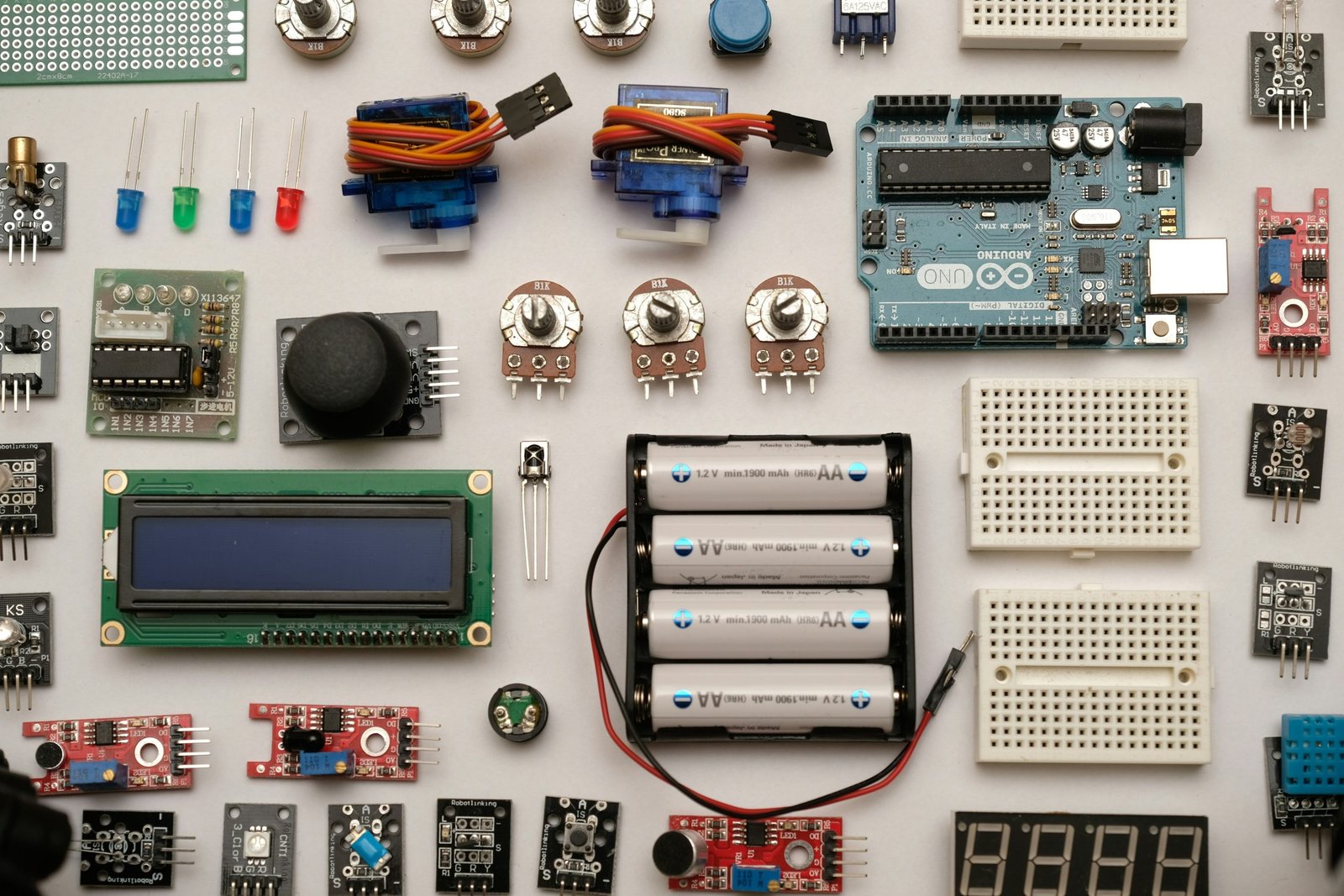The journey of the Internet of Things began around the 1980s. It started when a team of Carnegie Mellon University researchers aimed to connect daily objects to the internet. The term “Internet of Things” was born in the 1990s. Kevin Ashton, a pioneering British techie, first used it.
At that time, Ashton worked for Procter & Gamble. He used the term to illustrate a system where objects could talk to each other and humans online. He saw a future where items like domestic appliances, cars, and clothes had sensors. These sensors would connect each item to the net, making data collection and exchange possible.
The idea of connecting objects online was not new. However, Ashton’s “Internet of Things” stuck and grew famous. The term showcased the tech’s potential and lit the fuse for more research and innovation in the field.
A lot happened in the 2000s to speed up the Internet of Things’ growth. The advancements in wireless tech and affordable sensors made it possible. This era enabled companies and researchers to consider linking a variety of devices online, from smart home gadgets to hefty industrial machinery.
A landmark moment for the Internet of Things was the birth of IPv6 (Internet Protocol version 6). IPv6 gave us a much larger address capacity. It made it possible for countless devices to connect online. This was a pivotal move for the reach of the IoT.
By the 2010s, tons of devices started connecting to the internet. It’s called the Internet of Things (IoT). Fast internet and smartphones helped IoT grow bigger!
Now, IoT’s huge! Billions of devices are online, making tons of data. It’s in our homes, watches, factories, even cities. It’s changing lots of stuff and bringing new ideas.
But, the IoT’s not done growing. More tech, more chances. The IoT is gonna keep growing and changing how we live and work.





